| Programme of Study statements |
Activity |
| A |
B |
C |
D |
E |
F |
G |
H |
I |
J |
| Count in multiples of 6, 7, 9, 25 and 1000. |
|
|
|
|
|
|
|
|
|
|
| Find 1000 more or less than a given number. |
|
|
|
|
|
|
|
|
|
|
| Count backwards through zero to include negative numbers. |
|
|
|
|
|
|
|
|
|
|
| Recognise the place value of each digit in a four-digit number (thousands, hundreds, tens, and ones). |
|
|
|
|
|
|
|
|
|
|
| Order and compare numbers beyond 1000. |
|
|
|
|
|
|
|
|
|
|
| Identify, represent and estimate numbers using different representations. |
|
|
|
|
|
|
|
|
|
|
| Round any number to the nearest 10, 100 or 1000. |
|
|
|
|
|
|
|
|
|
|
| Solve number and practical problems that involve all of the above and with increasingly large positive numbers. |
|
|
|
|
|
|
|
|
|
|
| Read Roman numerals to 100 (I to C) and know that over time, the numeral system changed to include the concept of zero and place value. |
|
|
|
|
|
|
|
|
|
|
This a variety of activities that can be teacher led as a whole class or used in pairs or groups. Use dice or spinners to generate single digits to be placed on a place value grid to create four-digit numbers. Whoever has the larger four-digit number wins etc. Take the opportunity to randomly ask, “What is 1000 more?” or “What is 1000 less?”
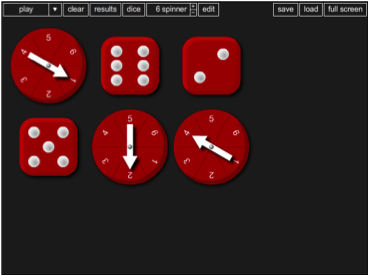

Children pull digits out of a bag to create 4 digit numbers and compete and compare. Take the opportunity to randomly ask, “What is 1000 more?” or “What is 1000 less?”
Activity C - Place Value KS2 KS3. This activity is no longer available
Children should be given a copy of one of the grids within the document and asked to place their digits in various positions. This activity can be made as simple or as complicated as required. Teachers can take the opportunity to randomly ask, “What is 1000 more?” or “What is 1000 less?”
This activity is similar to the traditional game Fizz Buzz and can be played as a whole class. In pairs or more, children take turns to count and clap in ones, clapping loudly on their chosen/assigned multiple, therefore practicing counting in selected multiples. This activity can be easily adapted for multiples of 6, 7 and 9.
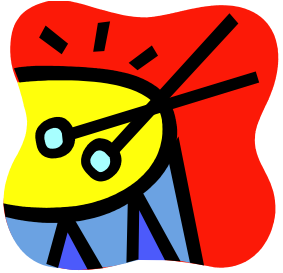
This activity can be teacher led or played in pairs or more. Clap and click a rhythm (or use musical instruments) using the selected multiples. Ask questions regarding what will come next, what will happen on the 100th beat? In pairs or more use different multiples and predict when there will be a clap at the same time etc.
Activity F - Count from a Random Number
This is a quick activity. Count forwards and backwards as a whole class e.g. “6, 12, 18, 24,
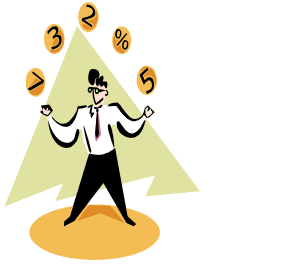
30, 36, now back again 30, 24, 18, 12, 6.”
Generate a random number by asking a child or rolling a dice. Now count forwards and backwards. E.g. a child chooses 23 as the starting number and you all count in multiples of 6 so “23, 29, 35, now back again, 29, 23, 17, 11, 5, -1, -7”
Or you count in thousands so “ 23, 1023, 2023, 3023, 4023, 5023 now back again 4023, 3023, 2023” etc.
Roll a dice, get 3, then say “ 3, 4, 5 now back again, 4, 3, 2, 1 , 0, -1, -2, -3, -4, -5” Try to do it reasonably fast.
The picture shows a lighthouse and many underwater creatures. If you know the markings on the lighthouse are 1m apart, can you work out the distances between some of the different creatures?
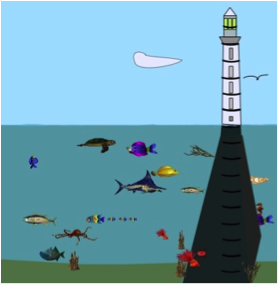
An investigation involving money that begins: Ram divided 15 pennies among four small bags. This activity can be extended.
A motivational activity to practise rounding skills with multiple choice answers, which spell out a joke and punch line.
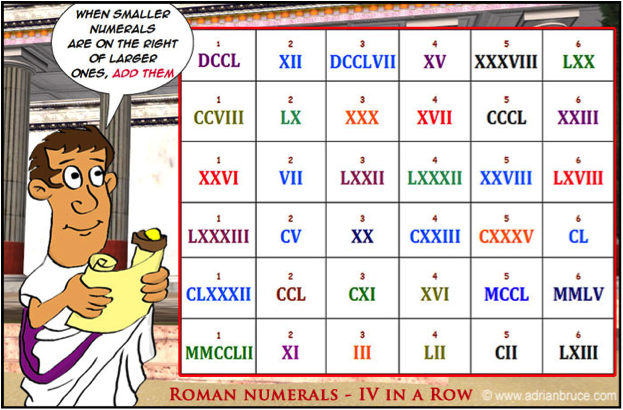
A fun interactive activity to learn and use Roman numerals.
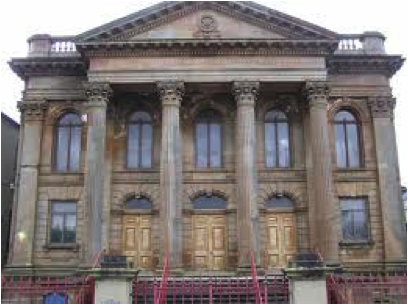
Useful Resources
Dice and spinners interactive
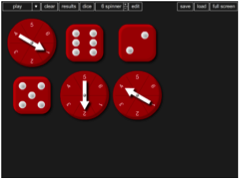
Counters, dice, digit cards including negative digits, money, place value grids, arrow place value cards, place value blocks or interlocking mats, percussion instruments, multiplication charts for 6, 7 and 9, multiplication square, Multiplication tables ITP, Place value ITP, Thermometer ITP.
(NB The three ITP resources above were produced for the Primary National Strategy, which was formally discontinued in 2011. However, the resources have the potential to complement teaching in line with the new 2014 mathematics curriculum)







